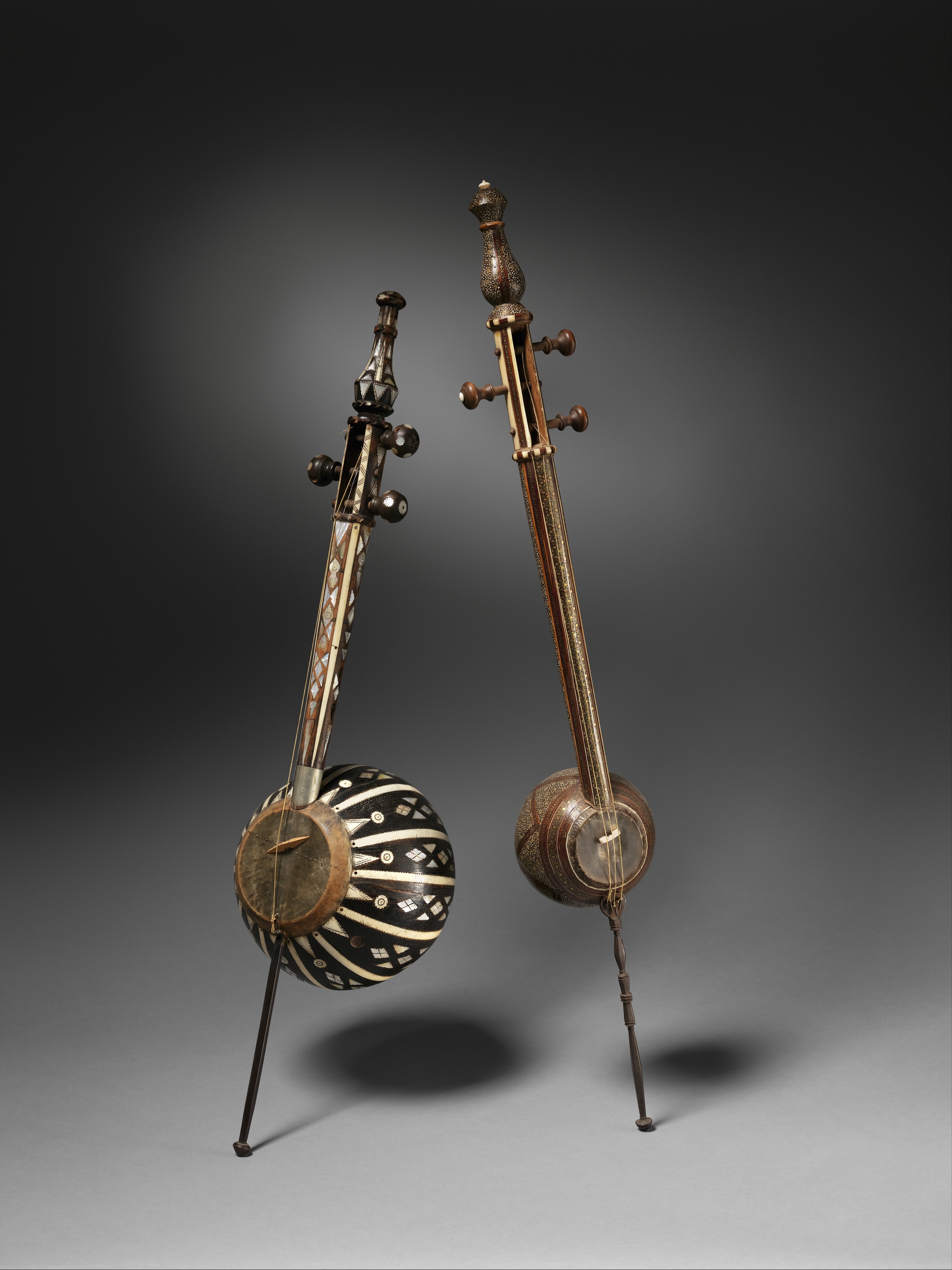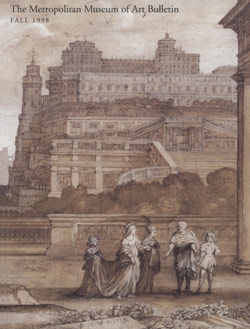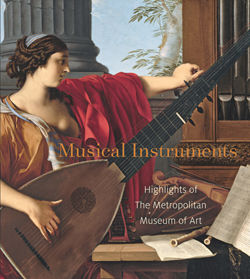Kamānche
Kamānches, or bowed lutes, are often elegantly inlaid or painted, but this example is decorated with minute pieces of wood, bone, and brass in a mosaic technique called "khatam-kari." First described in the tenth century, the kamanche is the earliest documented bowed instrument and is frequently depicted being played by angels in Persian miniatures. Held upright on its spike, it is bowed with the right hand in a palm-up position, a handgrip used when bowed instruments were introduced to Europe and one still used around the world when playing spike fiddles.
#9335. Kamanche
Due to rights restrictions, this image cannot be enlarged, viewed at full screen, or downloaded.
This artwork is meant to be viewed from right to left. Scroll left to view more.






